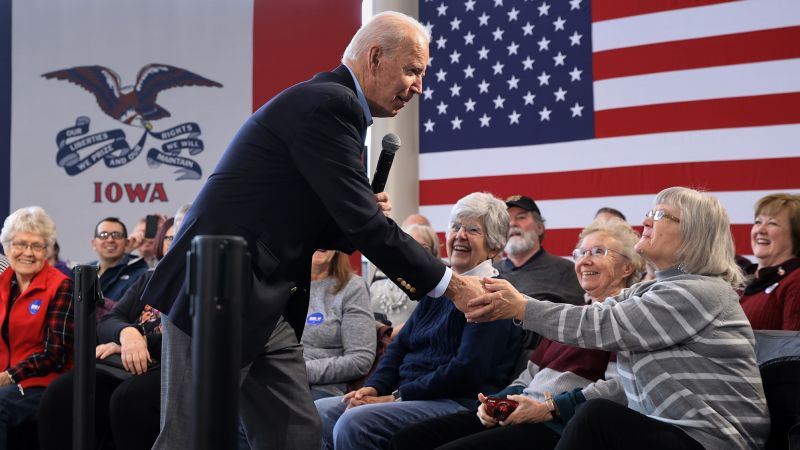A version of this story appeared in CNN’s What Matters newsletter. To get it in your inbox, sign up for free here.
The first test of the 2024 presidential election hits January 15, when Iowa Republicans gather to caucus in high school gyms, community buildings and churches.
The first event of the party primary calendar for the past half century, the caucuses will provide an initial moment of truth for former President Donald Trump’s comeback bid and could help Republicans tired of Trump decide which of his challengers to rally behind.
Caucuses are not primaries. Primary elections are conducted like other US elections – at polling places and by secret ballot, held throughout the day and usually also with absentee and early voting.
Caucuses are something else. They are essentially meetings run by political parties, convened at a specific time – 7 p.m. CT in Iowa. Since it isn’t a traditional election, a candidate’s performance in Iowa is often viewed as a test of his or her campaign’s organizational strength.
For Republicans, surrogates for candidates give final pitches after the caucuses get underway and then paper ballots are distributed to caucusgoers. They’re counted on-site, and the results are shared with the party.
Who are the main candidates?
Trump has had a consistent lead in Iowa polls. But the state has been the site of numerous perceived upsets in the past.
Florida Gov. Ron DeSantis and a super PAC supporting him have invested heavily in Iowa. On Saturday, DeSantis will complete what’s known in political circles as the “full Grassley,” which means he will have visited all 99 of Iowa’s counties. Chuck Grassley, the state’s long-serving Republican senator, has done it every year for 43 straight years.
Former South Carolina Gov. Nikki Haley has improved in recent polling and…
Read the full article here

Leave a Reply